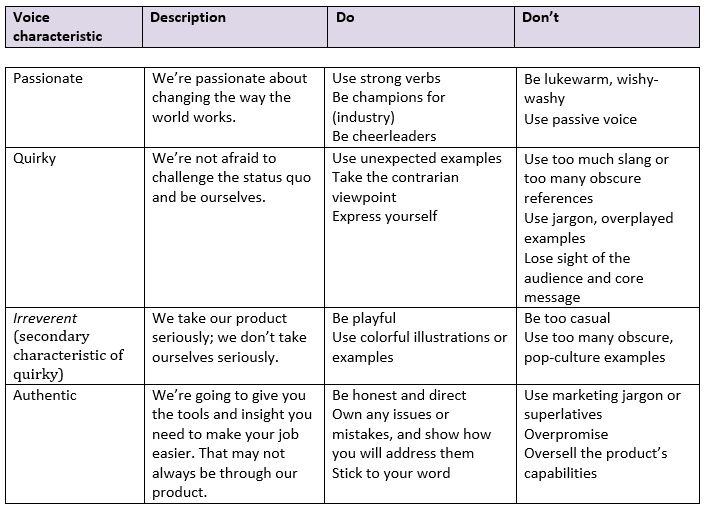Case Study: Iconic Brand Identities and How They Were Created
In the tech industry, creating a strong brand identity is essential for standing out in a crowded marketplace. In this case study, we will examine some iconic tech brands and how their identities were crafted to make a lasting impact on consumers.
Apple: Think Different
Apple is one of the most recognizable brands in the world, known for its sleek design and innovative products. The company’s iconic logo, an apple with a bite taken out of it, was designed by Rob Janoff in 1977. The logo symbolizes simplicity, elegance, and the idea of thinking differently. This ethos is reflected in Apple’s products, which are known for their user-friendly design and cutting-edge technology.
Apple’s brand identity is also reflected in its marketing campaigns, which often focus on creativity, individuality, and breaking boundaries. The company’s famous “Think Different” campaign, launched in 1997, featured iconic figures such as Albert Einstein, Martin Luther King Jr., and John Lennon, highlighting the idea of challenging the status quo and thinking outside the box.
Google: Organized Chaos
Google is another tech giant known for its strong brand identity. The company‘s logo, with its colorful letters and playful design, reflects Google’s mission to organize the world’s information and make it accessible to everyone. The logo was designed by Ruth Kedar in 1999 and has become synonymous with innovation and creativity.
Google’s brand identity is also reflected in its corporate culture, which promotes a culture of experimentation and risk-taking. The company’s famous “20% time” policy allows employees to spend a portion of their time working on passion projects, leading to innovations such as Gmail and Google Maps.
Microsoft: Empowering Everyone
Microsoft is another tech brand that has successfully created a strong brand identity. The company’s logo, a stylized window, represents Microsoft’s mission to empower everyone to achieve more. The logo was designed by Scott Baker in 1987 and has become synonymous with reliability, innovation, and accessibility.
Microsoft’s brand identity is also reflected in its products and services, which are designed to be user-friendly and accessible to people of all skill levels. The company’s famous “Windows” operating system, launched in 1985, revolutionized the way people interact with computers and set the standard for modern computing.
Conclusion
In conclusion, creating a strong brand identity is essential for tech companies looking to make a lasting impact on consumers. By understanding the ethos and values of their brand, companies can create logos, marketing campaigns, and products that resonate with their target audience and set them apart from their competitors. The iconic brand identities of Apple, Google, and Microsoft serve as examples of how branding can be used to create a powerful and lasting connection with consumers.
By examining these case studies, tech companies can learn valuable lessons on how to craft a brand identity that reflects their values, mission, and vision for the future. In a competitive marketplace, a strong brand identity can be the key to success and longevity in the tech industry.

